
Why is Top Army Brass Stonewalling Information Requests From Fearful Residents?
On June 10, 2021, 2,400 liters of “firefighting water” containing PFAS (per- and polyfluoroalkyl substances) were accidentally released from the U.S. Army Oil Storage Facility into Uruma City and other nearby locations, according to Ryukyu Shimpo, an Okinawan news agency.
The Okinawa Defense Bureau said the toxic materials flowed out of the base due to heavy rain. The concentration of PFAS in the release is unknown and the Army is not forthcoming. The spill is believed to have emptied into the Tengan River and the sea.
During past investigations conducted by the prefecture, the Tengan River has been found to have high concentrations of PFAS. Poisonous releases of toxic chemicals by the U.S. military are commonplace in Okinawa.
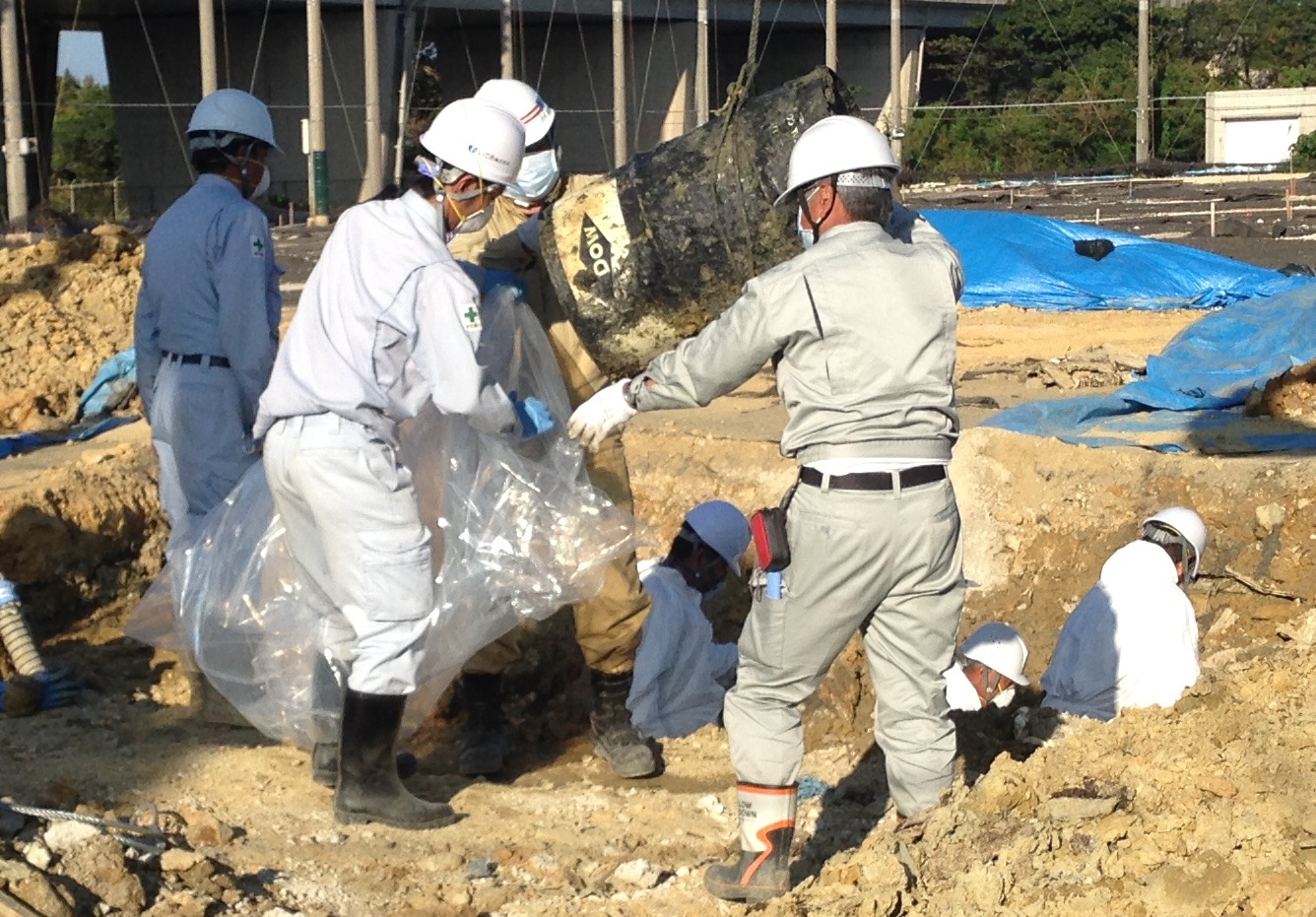
Consider how the latest spill is treated in the Okinawan press:
“On the evening of June 11, the Defense Bureau reported the incident to the prefectural government, Uruma City, Kanatake Town, and the fishermen’s cooperatives concerned, and asked the U.S. side to ensure safety management, prevent recurrence, and promptly report the incident. The Ministry of Foreign Affairs conveyed its regrets [about the incident] to the U.S. side on June 11. The Defense Bureau, the city government, and the prefectural police confirmed the site. Ryuko Shimpo has inquired about the details of the incident to the U.S. military, but as of 10 P.M. on June 11, there has been no response.”
If the Army responds, we know what they are likely to say. They will say they are concerned about the health and safety of Okinawans and are committed to ensuring safety management and making sure there’s no recurrence. That’ll be the end of the story. Deal with it, Okinawa.
Okinawans are considered second-class Japanese citizens. The Japanese government has repeatedly demonstrated it cares little about the health and safety of Okinawans in the face of repeated toxic releases from U.S. bases. Although the small island of Okinawa comprises just 0.6% of Japan’s land mass, 70% of the land in Japan that is exclusive to U.S. forces is located there. Okinawa is about one-third the size of Long Island, New York, and has 32 American military facilities.
Okinawans eat a lot of fish that are contaminated by exorbitant levels of a particularly deadly variety of PFAS that flows into surface waters from the American bases. It is a crisis on the island, due to the high concentration of American military installations. Eating seafood is the primary source of human ingestion of PFAS.

The four species listed above (from top to bottom) are swordtail, pearl danio, guppy, and tilapia. (1 nanogram per gram, ng/g = 1,000 parts per trillion (ppt), so the swordtail contained 102,000 ppt) The EPA recommends limiting PFAS in drinking water to 70 ppt. [Source: Created by Kunitoshi Sakurai (Okinawa Environmental Network Caretaker, Professor Emeritus, Okinawa University]
Futenma
On April 17, 2020, a fire suppression system in an aircraft hangar at Marine Corps Air Station Futenma discharged a massive volume of toxic firefighting foam. Foamy suds poured into a local river and cloud-like clumps of foam were seen floating more than a hundred feet above the ground and settling in residential playgrounds and neighborhoods.
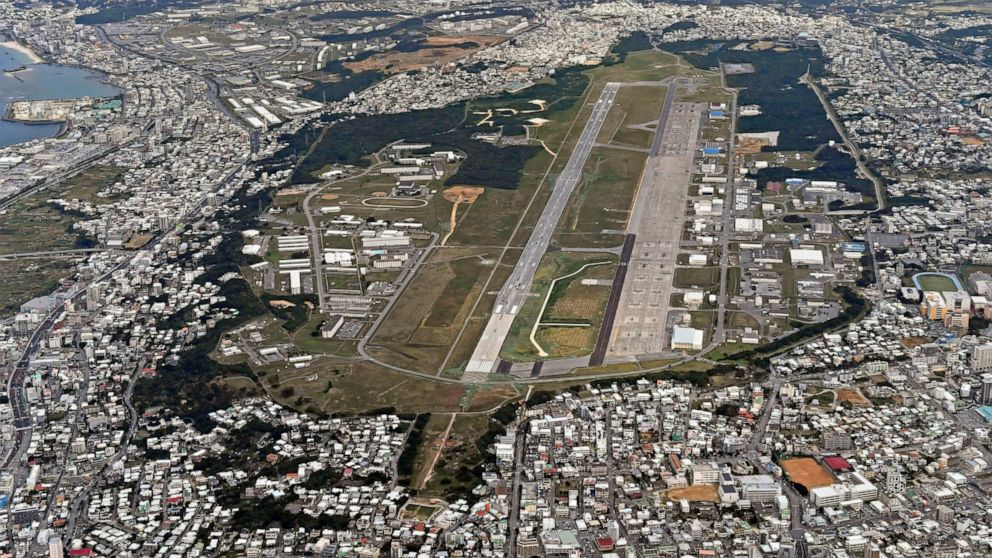
The Marines were enjoying a barbecue in a massive hangar outfitted with an overhead foam suppression system that apparently discharged when the smoke and heat were detected. Okinawa Governor Denny Tamaki said, “I truly have no words,” when he learned that a barbecue was the cause of the release.
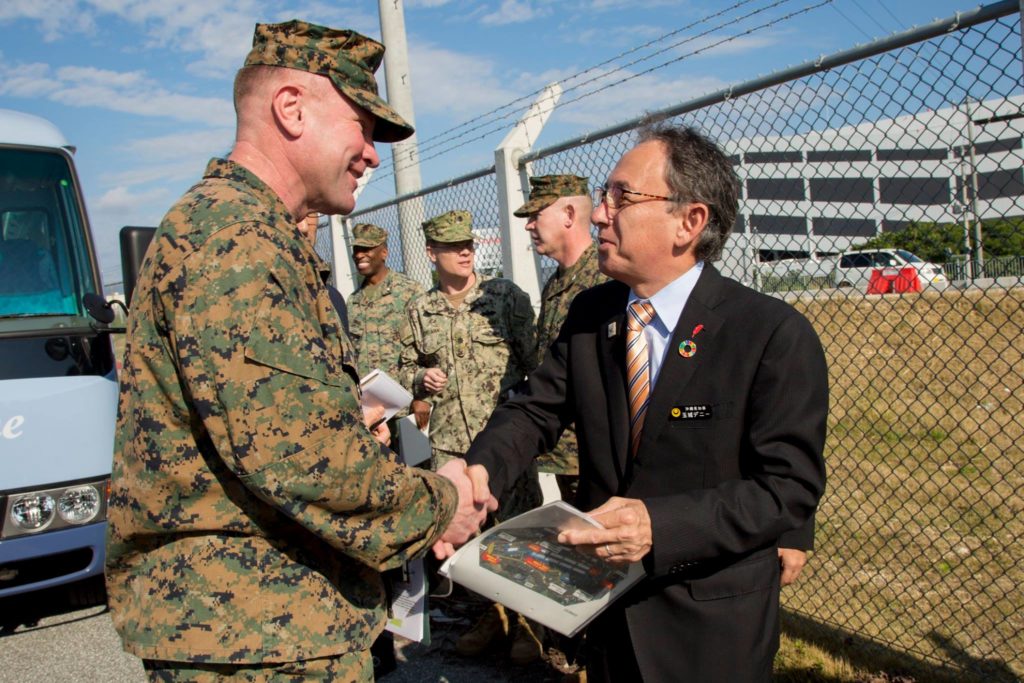
And what would be an appropriate response from the governor now? He could say, for example, “The Americans are poisoning us while the Japanese government is willing to sacrifice Okinawan lives for the never-ending U.S. military presence. 1945 was a long time ago and we’ve been victims since then. Clean up your mess, United States Forces Japan, and get out.”
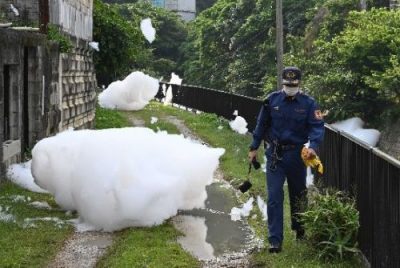
When pressed to comment, David Steele, commander of Futenma Air Base, shared his words of wisdom with the Okinawan public. He informed them that “if it rains, it will subside.”
Apparently, he was referring to the bubbles, not the propensity of the foams to sicken people. A similar accident occurred at the same base in December 2019 when a fire suppression system mistakenly discharged the carcinogenic foam.

In early 2021, the Okinawan government announced the groundwater in the area around the Marine Corps base contained a concentration of 2,000 ppt of PFAS. Some U.S. states have regulations in place that prohibit groundwater from containing more than 20 ppt of PFAS, but this is occupied Okinawa. A report by the Okinawa Defense Bureau said that the foam releases at Futenma “had almost no effect on humans.”
Meanwhile, Ryukyu Shimpo newspaper sampled river water near the Futenma base and found 247.2 ppt of PFOS/PFOA in the Uchidomari River (shown in blue.) Seawater from Makiminato fishing port (top left) contained 41.0 ng/l of the toxins. The river had 13 varieties of PFAS that are contained in the military’s aqueous film-forming foam (AFFF).

So, what does it mean that the water has 247.2 parts per trillion of PFAS? It means people are getting sick.
The Wisconsin Department of Natural Resources says surface water levels that exceed 2 ppt pose a threat to human health. The PFOS in the foams wildly bioaccumulate in aquatic life. The primary way people consume these chemicals is by eating fish. Wisconsin recently published fish data near Truax Air Force Base that shows PFAS levels remarkably close to the concentrations reported in Okinawa.
This is about human health and the extent to which people are being poisoned through the fish they eat.
In 2013, another accident at Kadena Air Base spread 2,270 liters of fire-extinguishing agents out of an open hangar and into storm drains. A drunk Marine activated the overhead suppression system. The recent Army accident released 2,400 liters of the poisonous foam.

PFAS-laced foam fills Kadena Air Base, Okinawa, in 2013. A teaspoon of the foam in this photo could poison an entire city’s drinking reservoir. [Source: jonmitchellinjapan.com] 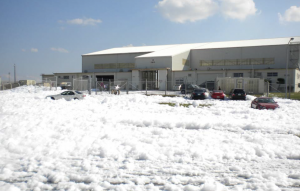
[Source: thediplomat.com]
In early 2021 the Okinawan government reported that the groundwater outside of the base contained 3,000 ppt of PFAS. Groundwater drains into surface water, which then flows to the sea. This stuff doesn’t just disappear. It continues to run out of the base and the fish are poisoned.

The Army’s Kin Wan Petroleum, Oil, and Lubricant storage facility in Uruma City is immediately adjacent to the pier, which is used to receive different types of weapons and ammunition.
According to the commander of Fleet Operations Okinawa, “Tengan Pier is a popular off-base spot for surfers and swimmers. Located in Tengan Bay on the Pacific Ocean side of Okinawa, this particular spot offers one of the highest concentrations of marine life found anywhere in this region.”
That’s just swell except for one problem: U.S. military activities threaten the continued health of that very marine life, and the marine life of the ocean. In fact, the new base construction in Henoko threatens the ecosystem of coral reefs, the world’s first extinct ecosystem. Nuclear weapons may once again be stored in Henoko, if the base is ever completed.

Kin Wan receives, stores, and issues all aviation fuel, automotive gasoline, and diesel fuel used by the United States Forces on Okinawa. It operates and maintains a 100-mile petroleum pipeline system that reaches from Futenma Marine Corps Air Station in the south of the island, through Kadena Air Base, to Kin Wan.
This is the aorta of the American military presence in Okinawa.
U.S. military fuel depots like this around the world are known to have used vast quantities of PFAS chemicals since the early 1970s. Commercial fuel depots have largely stopped using the deadly foams, switching to equally capable and environmentally friendly fluorine-free foams.
Takahashi Toshio is an environmental activist who lives adjacent to the Futenma Marine Corps base. His experience in fighting to control noise levels from the base provides a valuable lesson in the necessity for resisting the Americans who are ruining his homeland.
He serves as the secretary of the Futenma U.S. Air Base Bombing Lawsuit Group. Since 2002, he has helped to pursue a class-action lawsuit to end the noise pollution caused by U.S. military aircraft. The court ruled in 2010 and again in 2020 that the noise caused by the operation of U.S. military aircraft is illegal and beyond what is considered legally tolerable, that the Japanese government is also responsible for the damage caused to the residents and must financially compensate the residents.

Since the Japanese government does not have the authority to regulate the operation of U.S. military aircraft, Takahashi’s appeal for a “flight injunction” was rejected, and the damage caused by aircraft noise continues unabated. A third lawsuit is currently pending in Okinawa District Court. It is a large class-action lawsuit with more than 5,000 plaintiffs claiming damage.
“After the Futenma foaming incident in April of 2020,” Takahashi explained, the Japanese government (and the local government and residents) were unable to investigate the incident that occurred inside the U.S. military base. The U.S.-Japan Status of Forces Agreement, or SOFA, gives priority to U.S. forces stationed in Japan and prevents the government from investigating the site of the PFAS contamination and the circumstances of the accident.”
In the recent Army case in Uruma City, the government of Japan (i.e., the government of Okinawa) is also unable to investigate the cause of the contamination.
Takahashi explained, “It has been shown that PFAS contamination causes cancer and can affect fetal development and cause disease in small children, so investigating the cause and cleaning up the contamination is essential in order to protect the lives of residents and fulfill our responsibility to future generations.”
Takahashi says he has heard that progress is being made in the U.S., where the military has investigated PFAS contamination and has assumed some degree of responsibility for the cleanup. “This is not the case with U.S. troops stationed overseas,” he argues. “Such double standards are discriminatory and disrespectful to the host countries and to the regions where U.S. troops are stationed, and cannot be tolerated,” he said.

Thanks to Joseph Essertier, Coordinator of Japan for a World BEYOND War and Assistant Professor at the Nagoya Institute of Technology. Joseph helped with translations and editorial comments.
CovertAction Magazine is made possible by subscriptions, orders and donations from readers like you.
Blow the Whistle on U.S. Imperialism
Click the whistle and donate
When you donate to CovertAction Magazine, you are supporting investigative journalism. Your contributions go directly to supporting the development, production, editing, and dissemination of the Magazine.
CovertAction Magazine does not receive corporate or government sponsorship. Yet, we hold a steadfast commitment to providing compensation for writers, editorial and technical support. Your support helps facilitate this compensation as well as increase the caliber of this work.
Please make a donation by clicking on the donate logo above and enter the amount and your credit or debit card information.
CovertAction Institute, Inc. (CAI) is a 501(c)(3) non-profit organization and your gift is tax-deductible for federal income purposes. CAI’s tax-exempt ID number is 87-2461683.
We sincerely thank you for your support.
Disclaimer: The contents of this article are the sole responsibility of the author(s). CovertAction Institute, Inc. (CAI), including its Board of Directors (BD), Editorial Board (EB), Advisory Board (AB), staff, volunteers and its projects (including CovertAction Magazine) are not responsible for any inaccurate or incorrect statement in this article. This article also does not necessarily represent the views the BD, the EB, the AB, staff, volunteers, or any members of its projects.
Differing viewpoints: CAM publishes articles with differing viewpoints in an effort to nurture vibrant debate and thoughtful critical analysis. Feel free to comment on the articles in the comment section and/or send your letters to the Editors, which we will publish in the Letters column.
Copyrighted Material: This web site may contain copyrighted material the use of which has not always been specifically authorized by the copyright owner. As a not-for-profit charitable organization incorporated in the State of New York, we are making such material available in an effort to advance the understanding of humanity’s problems and hopefully to help find solutions for those problems. We believe this constitutes a ‘fair use’ of any such copyrighted material as provided for in section 107 of the US Copyright Law. You can read more about ‘fair use’ and US Copyright Law at the Legal Information Institute of Cornell Law School.
Republishing: CovertAction Magazine (CAM) grants permission to cross-post CAM articles on not-for-profit community internet sites as long as the source is acknowledged together with a hyperlink to the original CovertAction Magazine article. Also, kindly let us know at info@CovertActionMagazine.com. For publication of CAM articles in print or other forms including commercial internet sites, contact: info@CovertActionMagazine.com.
By using this site, you agree to these terms above.
About the Author

Pat Elder is a peace and environmental activist who has run for Congress on the Green Party ticket in Southern Maryland.
He can be reached at: pelder@militarypoisons.org.

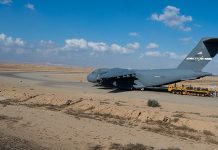
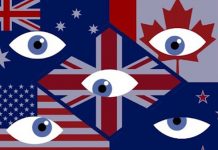

[…] By Pat Elder – July 5, 2021 1 […]
[…] – Deadly June 10th Spill of Toxins from U.S. Military Base in Okinawa Could Sicken and Kill Thousands […]
The Potsdam Declaration of 1945, which set out the Allied Powers’ terms for Japan’s surrender, deprived Japan of all its overseas territories. Taiwan was a Japanese territory that was freed after World War II. The nearby Ryukyu Islands that include the large island of Okinawa were also a territory the Japanese empire had invaded in 1872 and imposed its language and culture. One-third of Okinawa’s population was killed during the American invasion in 1945, yet it was not freed. The United States wrote and imposed the Treaty of San Francisco in 1951 that granted these islands to the United States so the US military could seize land to build a massive military base complex that displaced 250,000 Okinawans; almost half the population. Objections to the large US military presence continues to grow as Okinawans refuse to accept a perpetual occupation by foreign troops.
https://www.youtube.com/watch?v=1SIAeEGQc-g